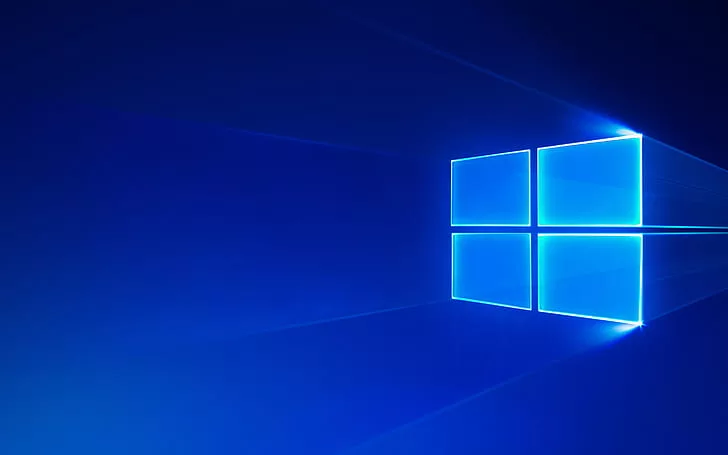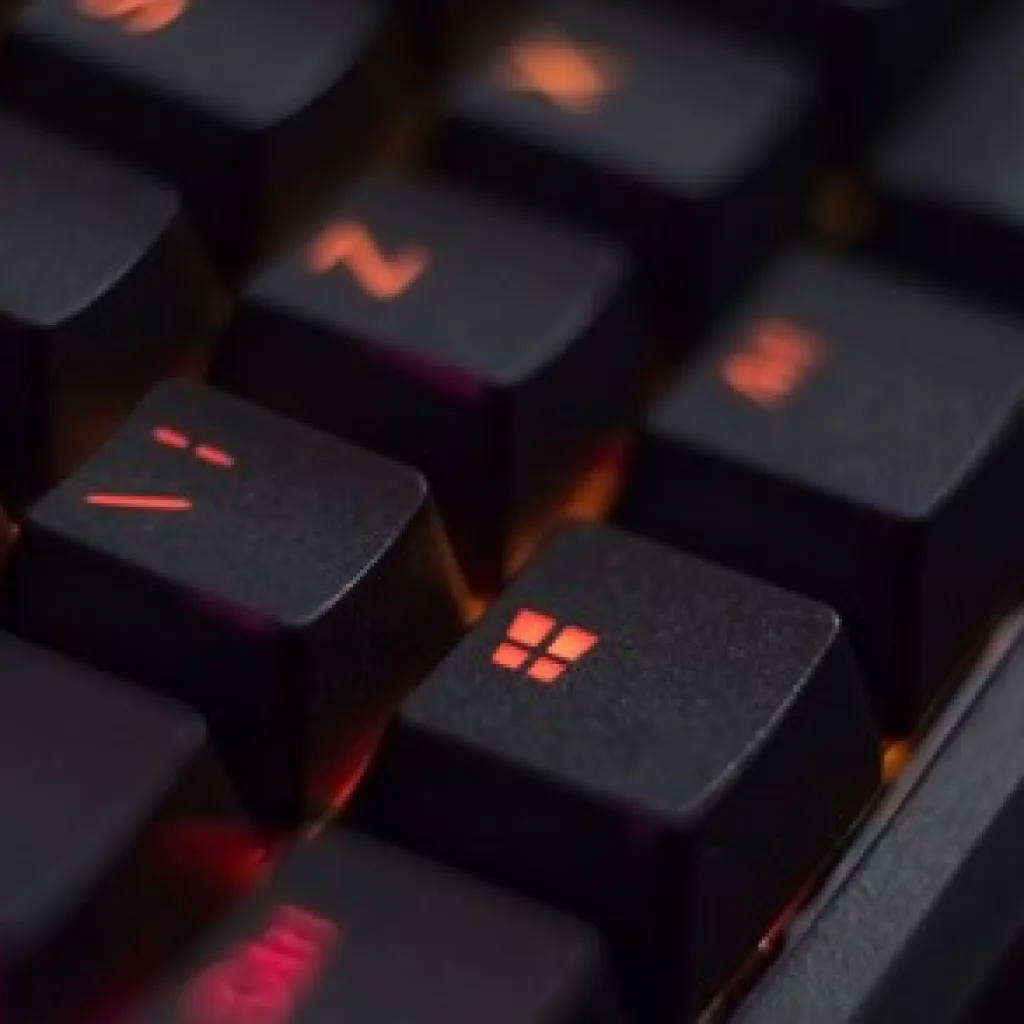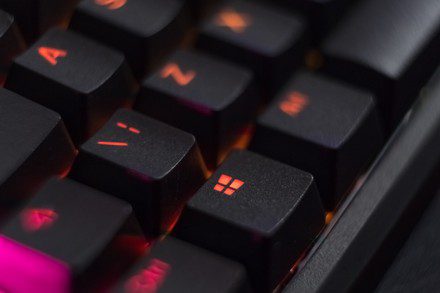Table of Contents
Why you need this article
Graphics processing units, or GPUs, are crucial for delivering the visual experiences we’ve come to expect from our Windows 11 systems. They’re at the heart of everything from vivid gaming graphics to the smooth scrolling of web pages. However, when these systems encounter issues, the symptoms can crop up in various disruptive ways. That’s where knowing the right tools and tricks comes into play. Among the array of keyboard shortcuts Windows 11 offers, Ctrl+Win+Shift+B stands out as a particularly powerful remedy. This unassuming combination of keys can serve as a first aid kit for your GPU, resetting the driver and potentially clearing up the graphical hiccups you may face. As clients or customers looking to troubleshoot without the help of IT support, understanding and employing this shortcut could be tremendously beneficial.
Understanding the Ctrl+Win+Shift+B Shortcut
Mastering the Quick Fix: Your Guide to the Ctrl+Win+Shift+B Windows 11 Shortcut
When you’re deep into your digital day-to-day, the last thing you need is a screen glitch or graphical hiccup slowing you down. If you’ve stumbled upon a frozen screen or a peculiar pixel problem on Windows 11, there’s a lightning-fast keyboard maneuver you’ll want in your tech toolbox: the Ctrl+Win+Shift+B shortcut.
This little-known key combo is like a swift nudge to your system’s graphics – specifically, it’s a go-to move for resetting your computer’s graphics drivers without the hassle of a full reboot. Here’s how it works and when to use it.
When to Use Ctrl+Win+Shift+B
Before you start hitting keys, let’s make sure we’re on the same page about the “when.” This keyboard shortcut is your friend if your monitor stops responding or you run into other display-related quirks that don’t seem to resolve with the usual troubleshooting tactics.
Maybe your screen has frozen while the rest of the computer seems to be working fine, or perhaps you’ve connected an external display and it’s not playing nice with your setup. These are the times when Ctrl+Win+Shift+B comes out to play.
How to Execute the Shortcut Properly
So you’re staring at a screen mishap, and you’ve decided to give it the old Ctrl+Win+Shift+B try. Here’s your step-by-step breakdown:
- Take a deep breath – it’s just a screen glitch, and it’s nothing we can’t handle.
- Firmly hold down the Ctrl and Shift keys on your keyboard – these are often on the left side, so your left hand can do the heavy lifting here.
- With your other hand, press and hold the Windows key, typically found flanked by the Alt and Ctrl keys.
- With all three keys ready for action, tap the ‘B’ key.
Upon striking these keys together, your screen will blink or go black for a brief moment as the graphics driver resets. It’s a visual hiccup by design, signaling that the reset is happening.
What Actually Happens?
Technical translation: this hotkey restarts your PC’s graphics (or video) drivers behind the scenes. These drivers are what communicate between your operating system and your graphics hardware. Consider the shortcut a ‘quick restart’ for just those drivers, without needing to restart your whole system.
Normally, your audio might hiccup, and your screen will go dark for a second or two as the drivers shut down and then spring back into action. Following their brief nap, the drivers should awake refreshed and ready to behave better.
By and large, Ctrl+Win+Shift+B is a swift solution for minor graphics glitches, so long as the issue is software-related and not, say, a sign of a failing graphics card or a deeply rooted system error. For the more systemic hiccups, you’ll want to consider other troubleshooting avenues.
Remember to use this key combo responsibly – it’s not an everyday tool but a precision instrument for when your display hits a bump in the digital road. If you’re working on anything important, be sure to save your progress before giving it a whirl, since these resets, though harmless, might close certain applications if they’re a bit skittish.
There you have it, a simple yet effective trick up your digital sleeve – Ctrl+Win+Shift+B, the Windows 11 graphics driver defibrillator. Keep it handy for those times when your display just needs a little nudge to get back on track.

Common GPU Problems and Symptoms
Ah, the ever-so-mysterious and somewhat magical combination: Ctrl+Win+Shift+B. While it’s not exactly a spell from a wizard’s tome, it’s just as enchanting when it comes to troubleshooting certain PC issues. So, let’s cut to the chase and talk about the telltale signs indicating you might need to rely on this nifty shortcut.
First off, keep your eyes out for screen glitches. If your display starts looking like a modern art piece with funky lines or blocks of color where they shouldn’t be, it’s a pretty solid hint that things aren’t quite right in graphics land.
Next up, if you’re experiencing a moment where your screen decides to take a nap—going black for no apparent reason while the rest of your machine hums along—then Ctrl+Win+Shift+B could be the gentle nudge it needs to wake back up. Mind you, this isn’t for when your computer is in sleep mode or turned off, but rather for when the display randomly zonks out.
Stuttering or lagging graphics can also wave the red flag, signaling it’s time to give this keyboard combo a go. Perhaps you’re watching your favorite cat video or presenting a pivotal point in your virtual meeting, and the visual performance drops faster than the plot of a B-grade horror flick. Before you throw up your hands in despair, remember this keyboard lifeline.
Audio still flowing but your video is frozen like an ice sculpture? This shortcut is your hairdryer. It’s designed to kick your graphics driver where it counts without the need for a full restart. So, if the picture on your monitor has pulled a Sleeping Beauty, but you can still hear the world moving on, this quick-fix maneuver could save the day.
Finally, if you sense your PC is generally being disobedient and ignoring your desperate clicks and pleas to get its act together screen-wise, it could be a subtle SOS from your display driver. Before you dive into deep troubleshooting or the dreaded realm of driver reinstallation, give Ctrl+Win+Shift+B a shot.
Remember, while this shortcut’s quite the unsung hero, it’s not the cure-all potion for every computer woe. It’s your go-to for when the graphics subsystem specifically throws a hissy fit. If you find yourself reaching for this solution frequently, consider updating your drivers or seeking out deeper hardware diagnostics. But for that one-off glitch or brief hiccup, keep it in your back pocket—it might just be the magic touch you need. No summary needed here; these signs should be your clear guidepost for when Ctrl+Win+Shift+B can step into the spotlight and save your screen from digital despair.

Safely Using System Shortcuts
Diving deeper into the Ctrl+Win+Shift+B keyboard shortcut’s safety aspects, let’s clarify how integrating it into routine troubleshooting doesn’t negatively impact your system’s health. Rest assured, the design of Windows shortcuts aims to serve as helpful tools rather than risky hacks – for those wondering whether invoking a reset on your graphics driver could have harmful side effects, worry not.
Equipped with an understanding of this keyboard magic trick, users might still question, “What about pushing this combo repeatedly or in quick succession?” While understandable, such concerns are ultimately unwarranted. The built-in safety measures within the operating system guard against any potential harm from overuse of the shortcut. It sends a simple signal to the graphics driver to restart, much like flipping a light switch off and on. No data gets corrupted, no settings go awry.
Yet, exercising a bit of caution never hurt. Before making it a go-to resource for every screen quirk, remember that hardware issues or deeper software problems might masquerade as graphical glitches. If the symptom persists post-shortcut, this is not the tool you’re looking for. Further investigation might be in order – a signal to consider additional troubleshooting or professional assistance.
For those with overclocked systems or custom graphics settings, a heads-up: using Ctrl+Win+Shift+B returns your graphics card to its default behavior momentarily. It usually snaps back to your pre-set preferences without issue. However, in rare cases, it may reset any unsaved customizations – a minor inconvenience. Keeping a record of these settings can help quickly restore any changes if needed.
In the realm of security software, no red flags get raised. Refreshing the video driver doesn’t per se interact with firewall protocols or antivirus shields. It’s a narrow and precise command, mostly blind to the broader security ecosystem within your machine.
Lastly, consider the health of your storage devices. Routine operations like this shortcut don’t put any more wear and tear on your solid-state drives (SSDs) or hard disk drives (HDDs) than a regular system command. High-quality storage units are built to manage far higher workloads.
So there you have it – Ctrl+Win+Shift+B is an effective, safe tool for the display hiccups you might face over the lifetime of a Windows machine. Keep in touch with system updates and be mindful of anomalies that go beyond superficial graphics bugs – but, by all means, use this shortcut without fear. It’s a trusty friend in the digital knapsack, collateral-free.
Conclusion
Mastering the Ctrl+Win+Shift+B keyboard shortcut can vastly improve our self-sufficiency when addressing GPU glitches in Windows 11. While it’s not a panacea for every graphical ailment, it provides a simple yet effective first step in diagnosing and resolving visual quirks. By becoming familiar with safe system practices and recognizing the telltale signs of graphics driver distress, we equip ourselves with the knowledge to maintain our devices’ performance and extend their useful life. With this tool under your belt and a cautious approach to troubleshooting, you’re well on your way to a smoother computing experience, equipped to tackle graphics issues head-on with confidence and convenience.
Need help with your Puget Systems PC?
If something is wrong with your Puget Systems PC, we are readily accessible, and our support team comes from a wide range of technological backgrounds to better assist you!
Looking for more support guides?
If you are looking for a solution to a problem you are having with your PC, we also have a number of other support guides that may be able to assist you with other issues.
